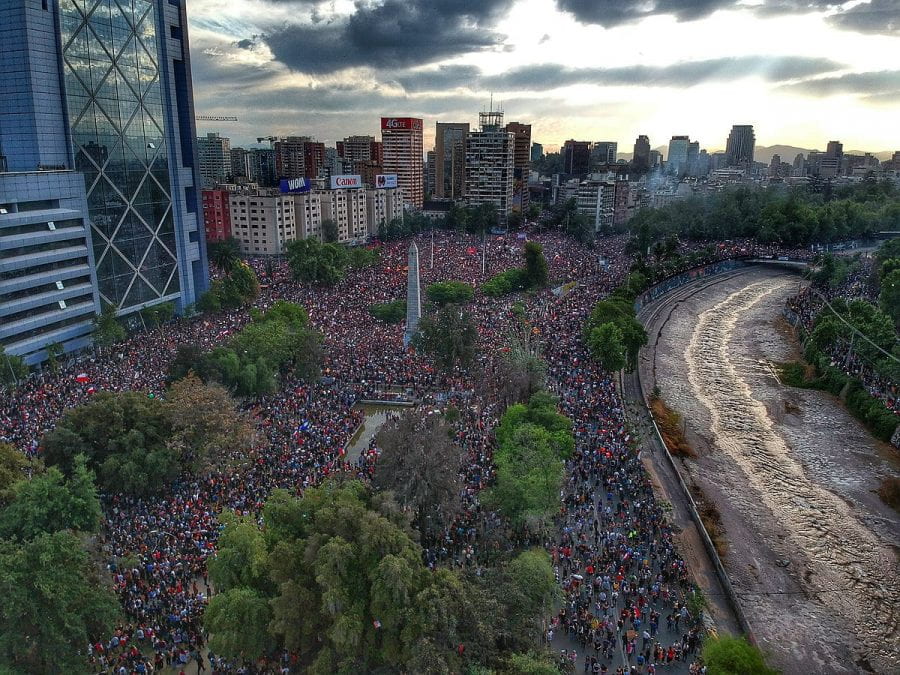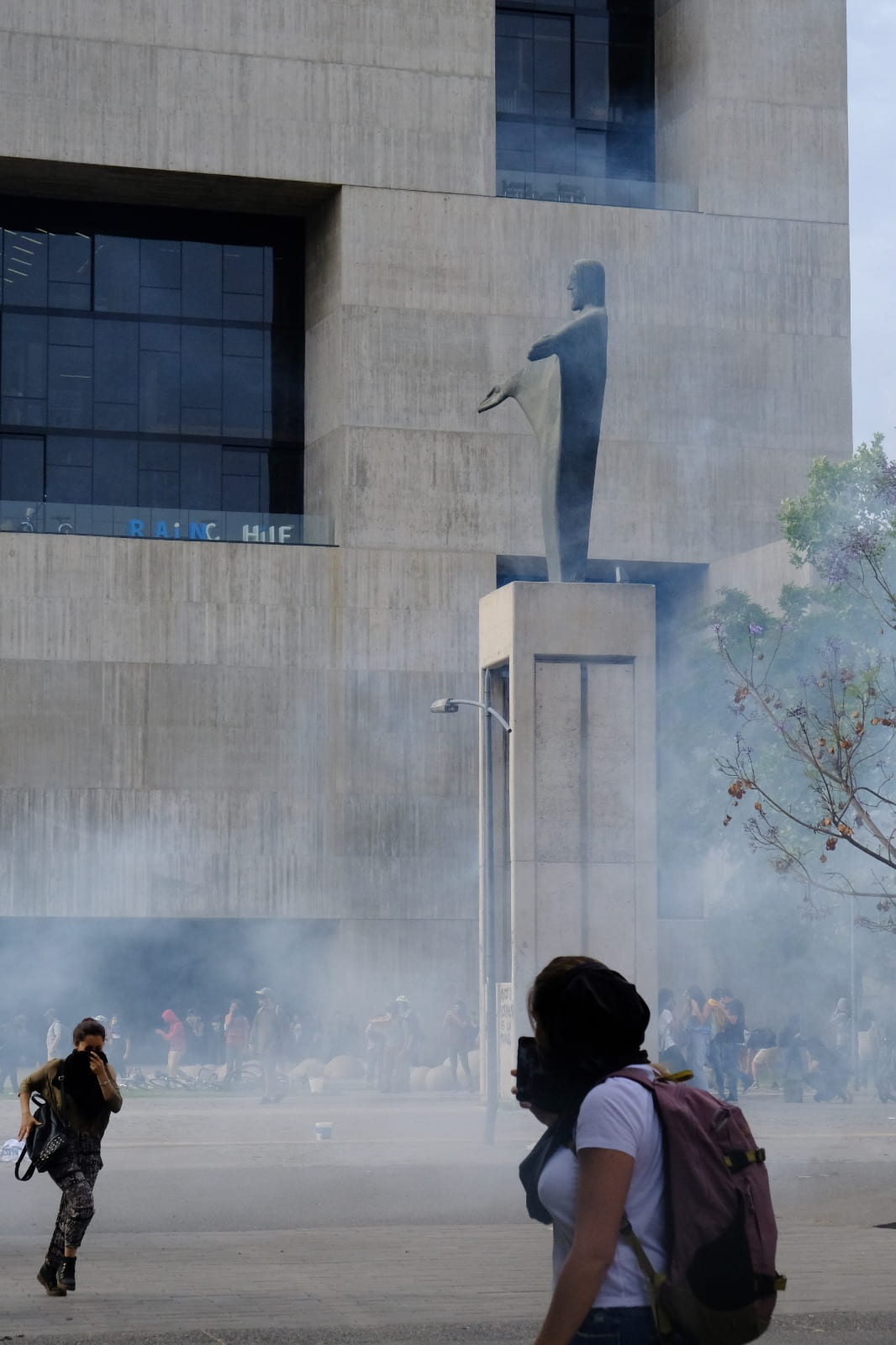Trinidad – The Potential of ‘Online Only’ Ethnography
By Daniel Miller, on 21 December 2021
By Daniel Miller and Sheba Mohammid

Open access image CC BY Liftarn
The ASSA project runs until October 2022. Mostly the last year of the project is dedicated to publishing our results, for example The Global Smartphone has now come out in Spanish and Italian, and the monographs from Ireland and Italy are also published. There is also a continuation of applied work such as Charlotte Hawkins’ contribution to a tele-psychiatry project in Uganda. But there is also one final ethnographic project. This is being carried out in Trinidad by Sheba Mohammid with the support of Danny. Sheba is very suited to this work having written her PhD on how Trinidadians use YouTube. As a final project this is more oriented towards completing the trajectory of our mHealth research. The story so far is that the ASSA project began with the intention of studying mHealth apps for smartphones. Over time as we realised older people make very little use of these bespoke apps, the project shifted to the study of how people turn the apps they are comfortable with into health apps, for example, WhatsApp, LINE and WeChat, but also Google and YouTube. For example, Marilia Duque’s manual on the use of WhatsApp for health in Brazil demonstrates how what we learn from the everyday practices of our research participants can then be used to inform others. In Trinidad we are hoping within a one-year project to research smartphone usage, plan and implement an mHealth intervention, and evaluate it – though that is quite ambitious in the limited time period.
The Trinidad project is progressing well and it looks like the emphasis will be on issues of diet in relation to diabetes, hypertension and also concerns over anxiety… we shall see. After three months, however, something quite different has emerged that is worth reporting on. Early on in the pandemic Danny shared a YouTube video on how to conduct ethnography with only online access. Given the stringent covid controls in Trinidad, online methods have been the only way we could conduct our ethnography. The good news was that, at least in this instance, the optimism of that YouTube video has been vindicated. Sheba’s work certainly amounts to conventional ethnography. As well as interviews, she has regularly spent periods of three or four hours online with her research participants, hanging out and chatting about all manner of things.

Sheba conducting ethnography online. Photo by Sheba Mohammid.
The online ethnography has focused upon building relationships, as is aspires to in traditional ethnography, and from this foundation trying to attain greater insight into the practices of participants and the wider ecosystem of social connections in which these are situated. Besides some in-depth formal interviews with participants, Sheba regularly spent time cultivating a better understanding and appreciation of their everyday lives. Participants have spent time with their webcam on, hanging out with her while they attended to childcare, cooking, breastfeeding, arranging appointments on the phone or dealing with the daily minutiae in between their chats. The success of the online ethnography so far has depended on Sheba being flexible and determined to follow up, send reminders and work around participants and their evolving schedules and internet problems etc. More than anything, Sheba has prioritised sensitivity and a privileging of their well-being in a time when it was not uncommon to have participants dealing with Covid19 related deaths in their households, their own infections or economic fallout from job loss and insecurity during the pandemic.
As participants grew closer to Sheba and more interested in our study, a deeper intimacy emerged where participants became eager to share more information and would send her WhatsApp screenshots of interesting feedback they received on their apps or new social media accounts on diet and fitness that they thought she might be interested in. All of this amounted to an ongoing, sustained conversation over the last few months with many participants and an engagement in their lives that buttressed the formal interviews on mobile phones and health with participant observation on their everyday lives. For example, after an interview, a participant may take her phone outside to demonstrate to Sheba how she had been setting up her kitchen garden. There were constraints that Sheba had to work around and be adaptive to in the online fieldwork. For example, she felt that it was often intrusive to ask people to show her their phone screens to look at conversations in the way that then team had done in the past in in-person fieldwork. Sheba instead adapted this method by exploring other opportunities within the online interactions. She was able to go online with participants and look at social media together to gain their perspectives. For example, she would have them walk her through which YouTube fitness accounts they preferred or which Instagram or TikTok influencers they found appealing and why or why not. She followed where this ethnography took her and ended up talking to some key Trinidadian social media influencers that participants pointed out as noteworthy. Many of Sheba’s participants were recruited through recommendations and participants asking their family and friends to talk to her. While she initially used some of her own networks in Trinidad to source participants, she then worked to extend her fieldwork to include a diverse range of participants.
The online ethnography over the past three months has enabled Sheba to gain greater access into a broad demographic of participants in both rural and urban Trinidad and from a broad cross-section of ethnic and socio-economic backgrounds. This was achieved largely through participants themselves helping her to recruit more and more participants. For example, one woman in her 60s living in Port of Spain who worked in a retail store introduced her and shared WhatsApp contacts with the members of her AquaAerobics group or when Sheba was trying to recruit more male participants, a female participant linked her online through WhatsApp to her nephew who helped her get more contacts to further male participants and so on in a true snowballing manner that has taken place through online ethnographic work. This recruitment has only been incentivised through participants deepening their relationship with Sheba and gaining an enthusiastic interest in the project and wanting to see us succeed in collecting meaningful data and translating that into something applied next year. So more on that to come in 2022. It will no doubt be a challenge but it is heartening so far to have been able to create such a supportive network of participants, many of whom are interested in being involved in the applied work so we can achieve our aim of creating something from the bottom up.
Happy New Year from Danny and Sheba!
Stay tuned for more…
 Close
Close







